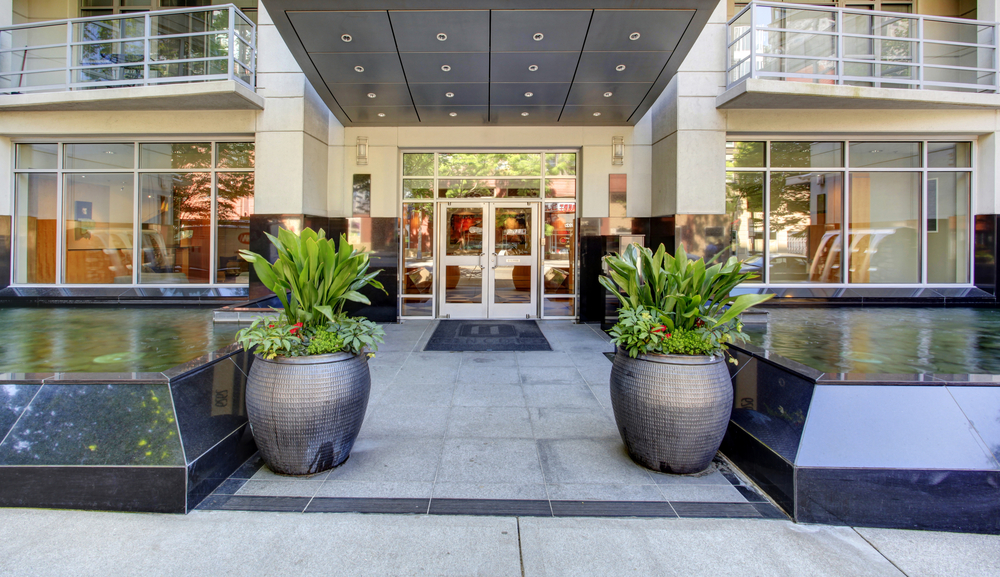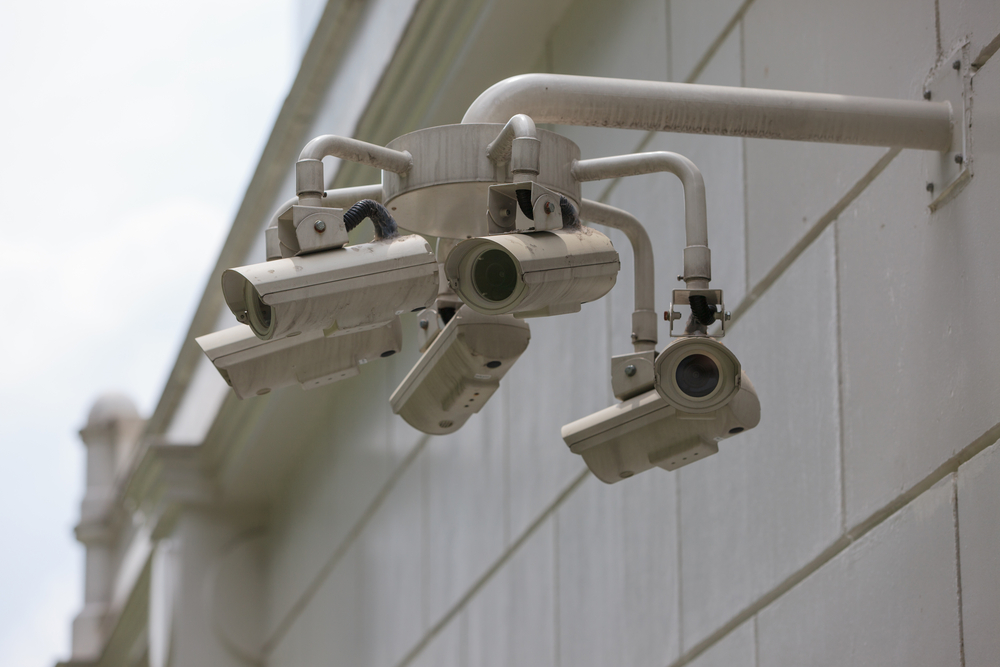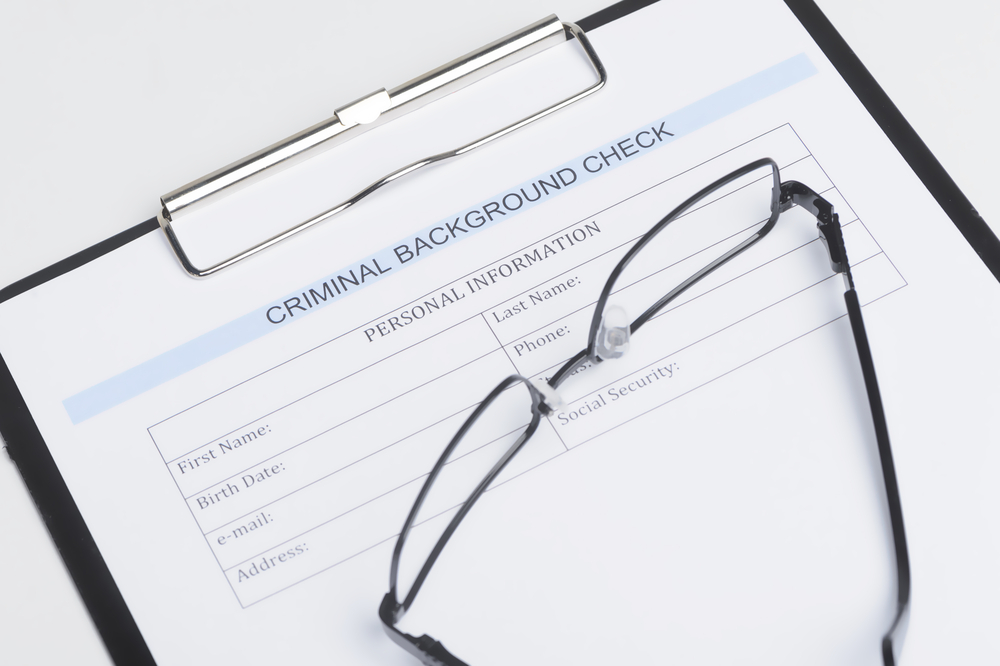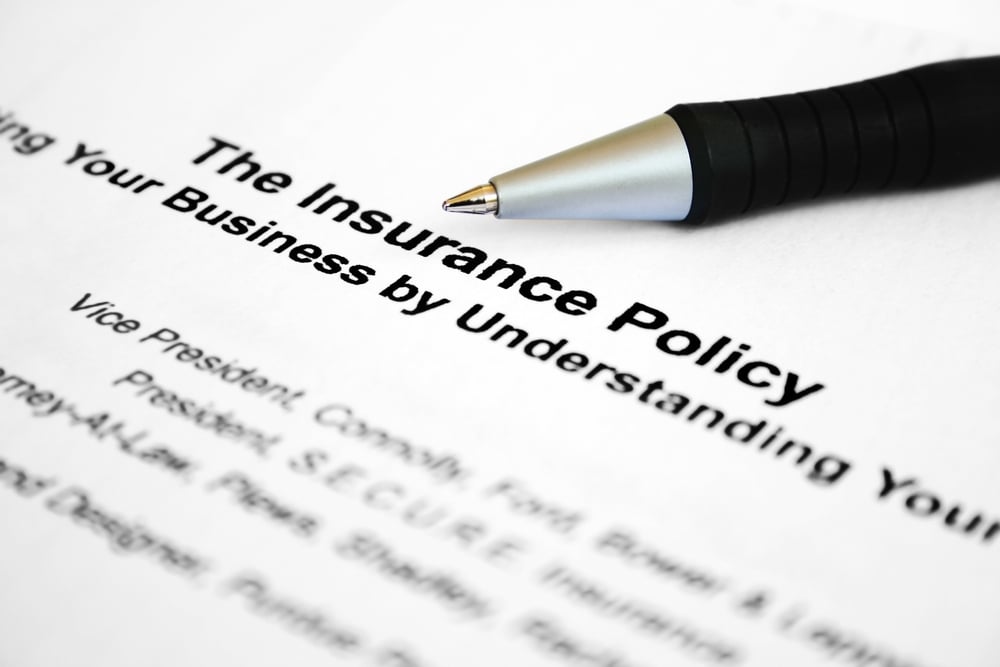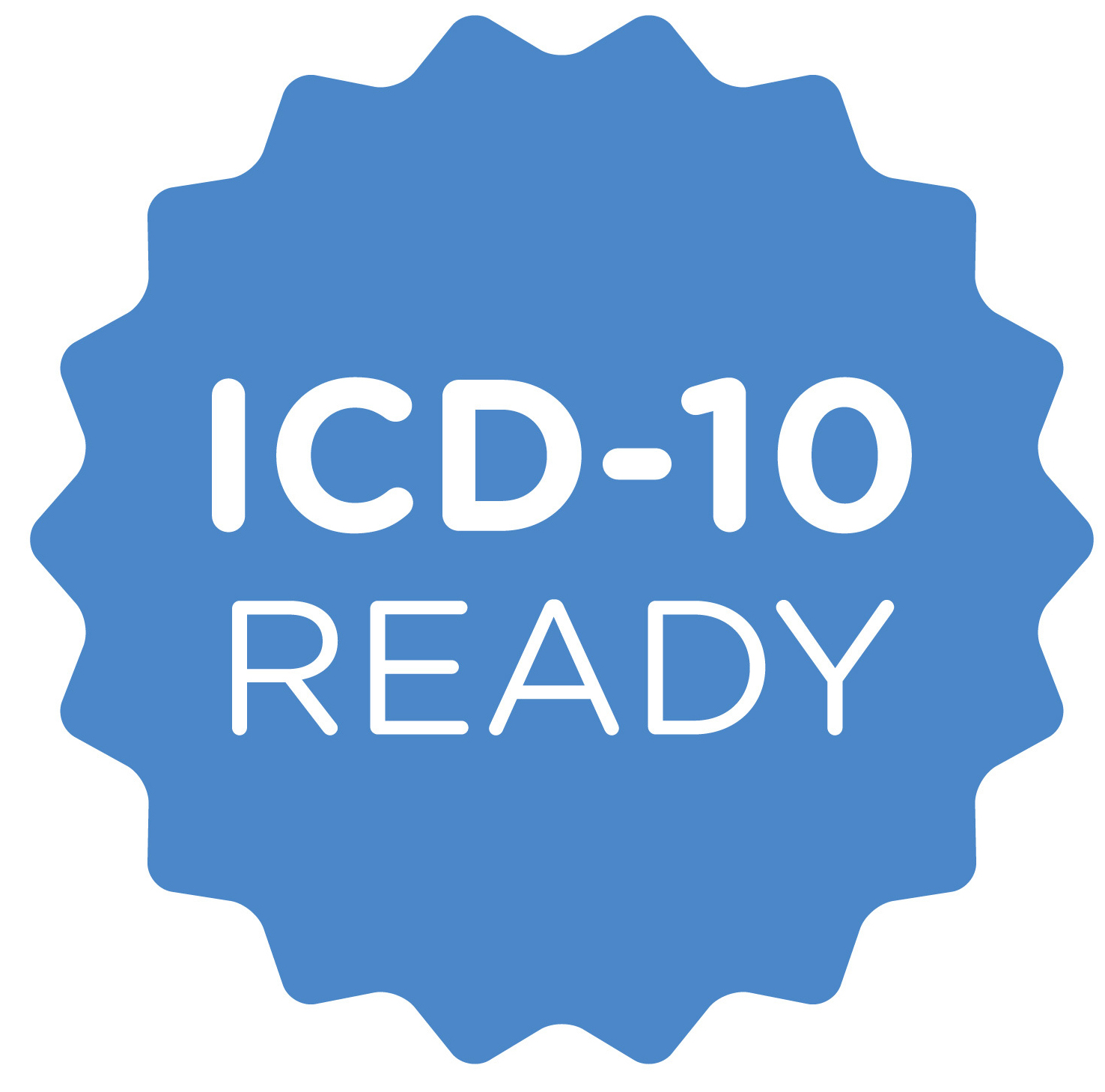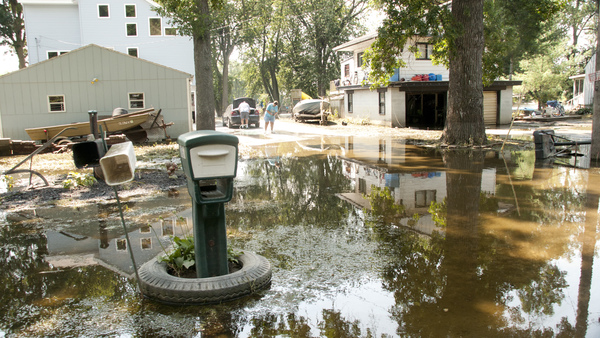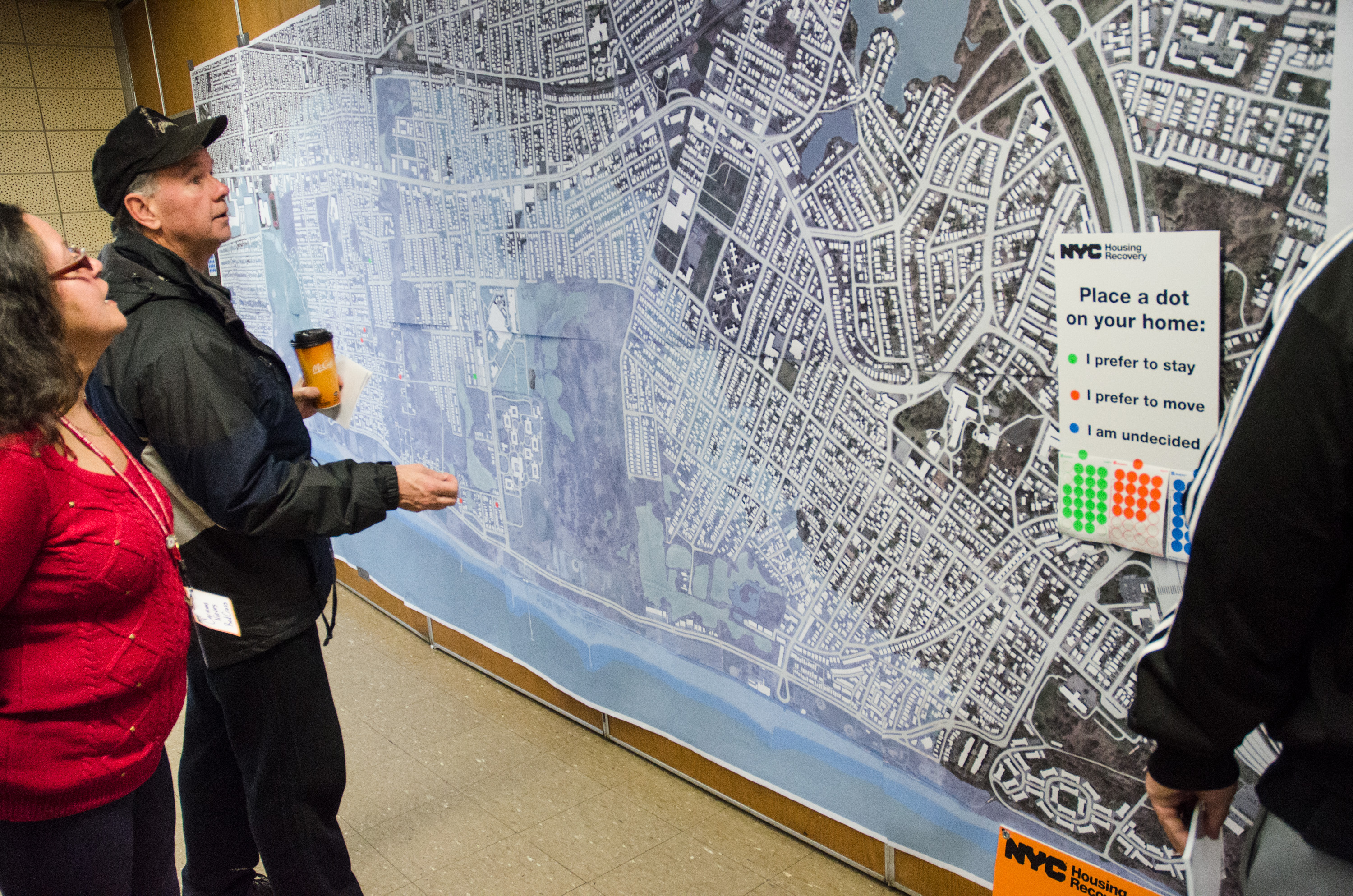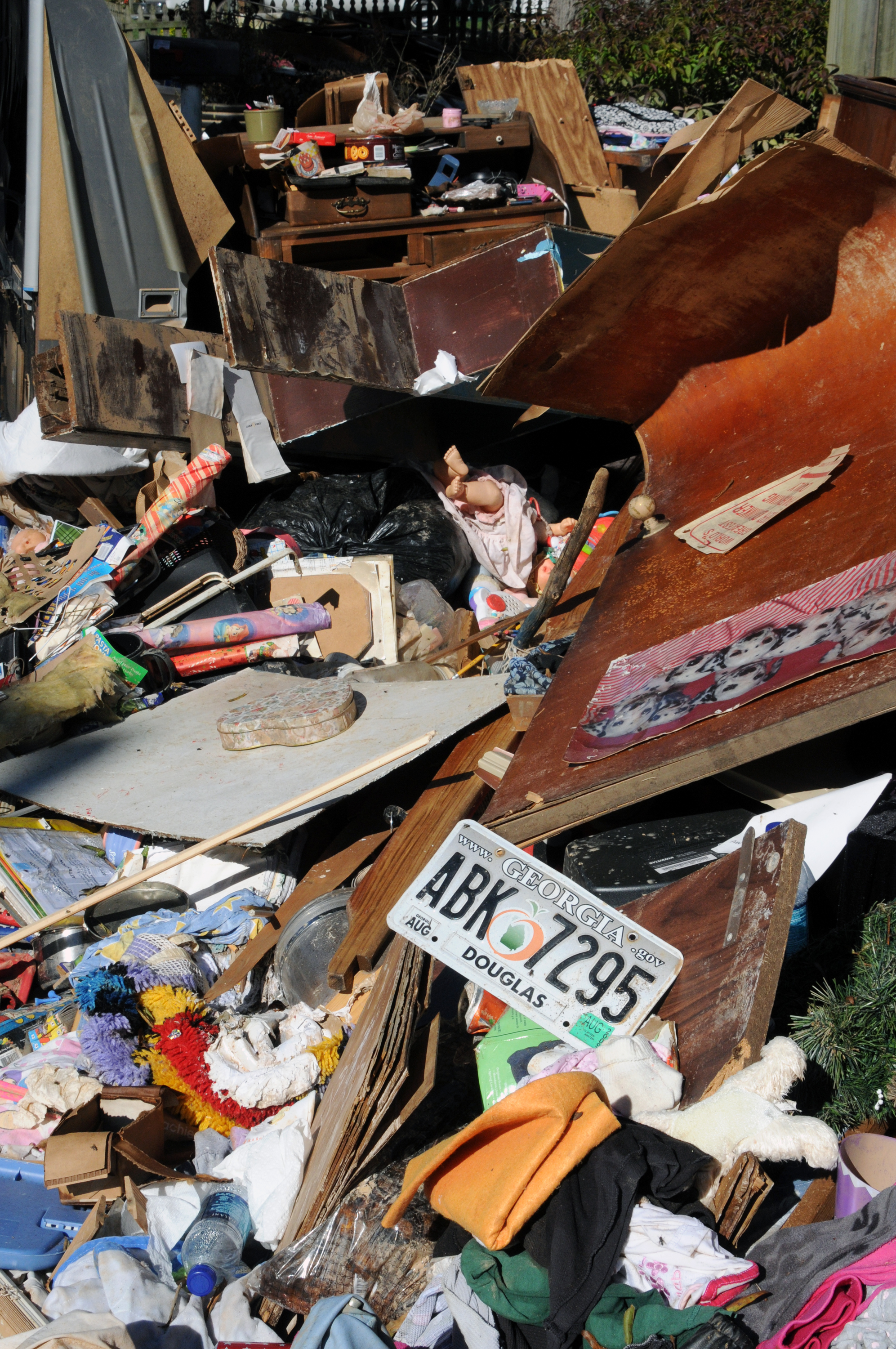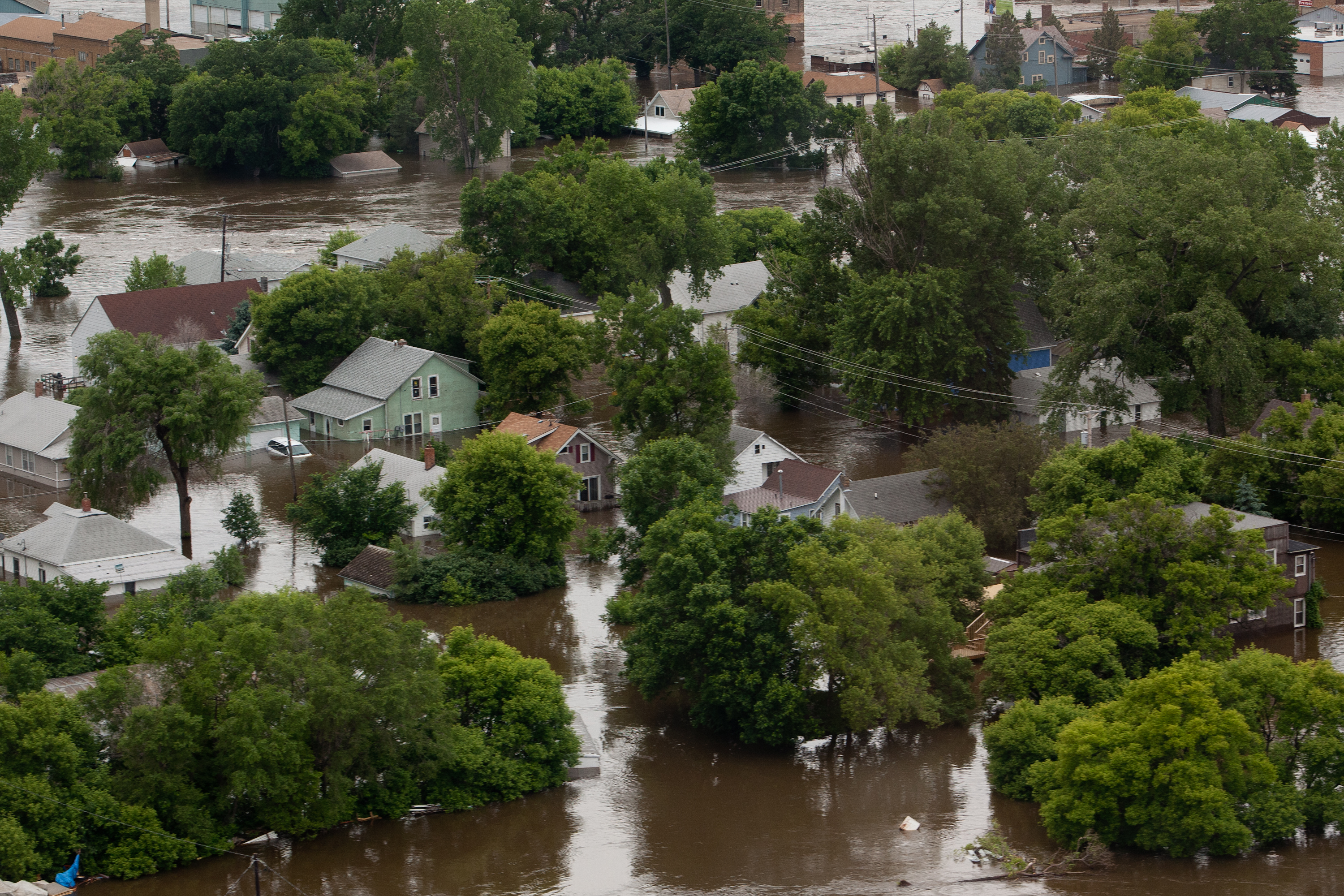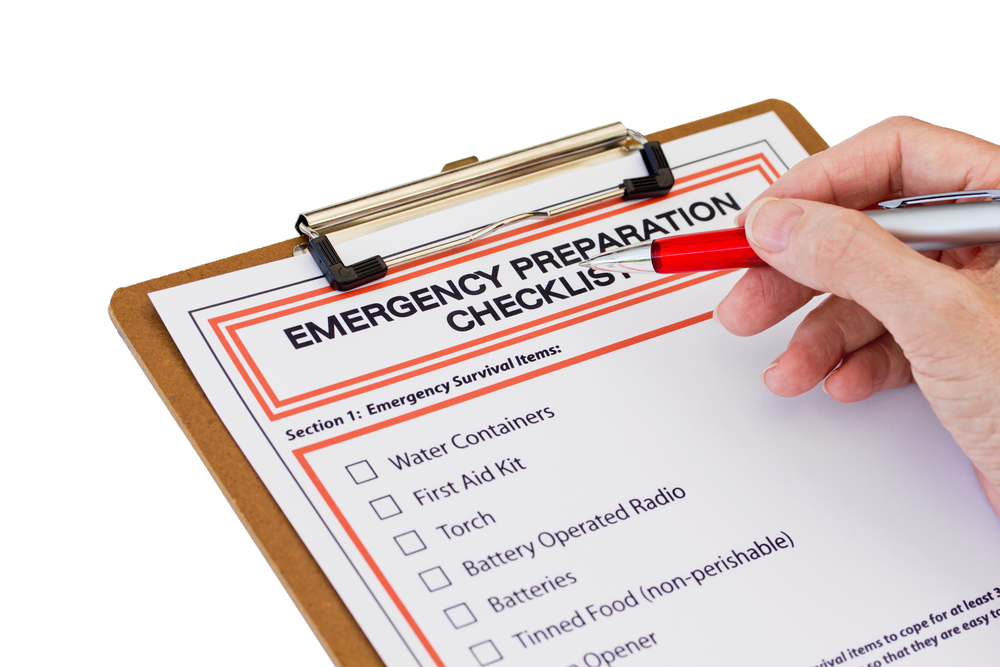The word “coinsurance” may be the most misunderstood and confusing term in the world of insurance.
One definition of “coinsurance” is used interchangeably with the word “co-pay” – the amount the insurance company pays in a claim. An eighty- percent co-pay (or coinsurance) clause in health insurance means the insurance company pays 80% of the bill. A $1,000 doctor’s bill would be paid at 80%, or $800. The above definition also applies to coinsurance in liability insurance. Few policies have such a clause. Some professional liability and directors’ and officers’ policies in the past included coinsurance. The provision was usually a part of the retention or deductible in a policy. Some employment-related practices contracts have coinsurance.
The term “coinsurance,” when used in the context of property insurance, has an altogether different meaning. Here, coinsurance is the percentage of value that the policyholder is required to insure. A building with a value of $1,000,000 and a policy with an 80% coinsurance clause must be insured for at least $800,000.
To make life more complicated, “value” is determined at the time of the loss. If the amount of insurance is found to be under the coinsurance percentage, then a penalty is applied which reduces the claim payment. This hurts the policyholder.
The building and policy mentioned above illustrates the point. If the policyholder decides to buy $600,000 of insurance and a $200,000 fire occurs, the claim is calculated by dividing what was purchased ($600,000) by what should have been bought ($800,000). The result in this case is 75%. The factor is multiplied by the amount of the loss. The calculation works out:
$200,000 X .75 = $150,000.
The policyholder will receive $150,000 (less any deductible) for the $200,000 claim.
Almost all property insurance policies contain a coinsurance clause. Building insurance, contents coverage, computer coverage, inland marine policies, and tool and equipment floaters all contain the penalty clause mentioned above. Some require 100% of the value!



